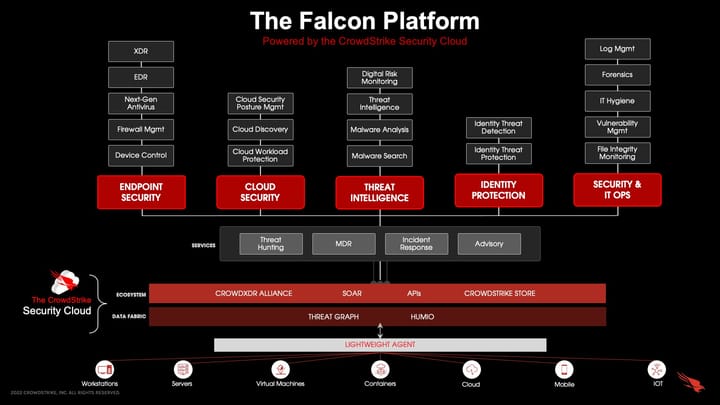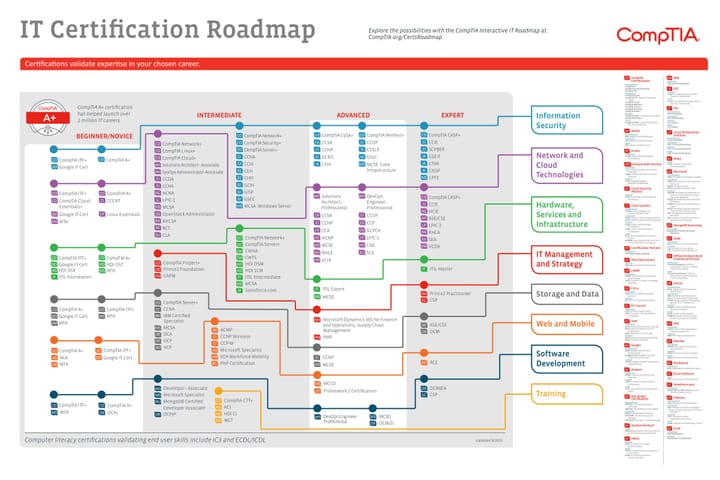Mitigating Alert Fatigue: A Strategic Approach to Service Account Key Usage in Google Cloud Organisations

Introduction:
Google Cloud has emerged as a leader in cloud computing, providing organisations with powerful tools and services to build and scale their digital infrastructure. However, with great power comes great responsibility, and as organisations increasingly rely on Google Cloud, the need to address potential security risks becomes paramount. Recently, it has been observed that nearly 65% of alerts across Google Cloud Organisations were related to the risky use of service accounts. In this blog post, we will explore the significance of service account keys, the associated risks, and discuss effective strategies to reduce alert fatigue and enhance security.
The Significance of Service Account Keys:
Service accounts play a crucial role in the Google Cloud ecosystem, enabling applications and services to securely interact with various Google Cloud Platform (GCP) resources. Service account keys, which are essentially JSON files containing authentication information, facilitate programmatic access to these resources. While service accounts are essential for seamless automation and integration, their keys can become a security concern if not managed properly.
The Risks Associated with Service Account Keys:
Service account keys, when misused or left unsecured, can pose significant risks to an organisation’s cloud environment. Common issues include unauthorised access, data breaches, and potential misuse of resources. The alarming fact that nearly 65% of alerts in Google Cloud Organisations are related to the risky use of service accounts highlights the urgency for organisations to address this vulnerability.
Reducing Alert Fatigue:
Alert fatigue occurs when security teams are overwhelmed by a high volume of alerts, leading to potential oversight of critical security incidents. Limiting the use of service account keys is a proactive measure to reduce alert fatigue and enhance the overall security posture of a Google Cloud Organisation. Here are some strategic approaches:
Principle of Least Privilege:
Adopt the principle of least privilege when assigning roles to service accounts. Assign only the minimum permissions necessary for the specific tasks a service account needs to perform. This limits the potential impact of compromised keys.
Key Rotation Policies:
Implement regular key rotation policies to minimise the window of opportunity for potential misuse. This ensures that even if a key is compromised, its validity period is limited, reducing the impact of unauthorised access.
Monitoring and Auditing:
Set up robust monitoring and auditing processes to detect unusual or suspicious activities related to service accounts. Utilise Google Cloud's logging and monitoring tools to keep a close eye on key usage patterns and take immediate action in case of anomalies.
Educating Teams:
Provide comprehensive training to development and operations teams on secure practices related to service account key usage. Foster a security-aware culture where all team members understand the implications of mishandling service account keys.
Automation and Key Management Services:
Leverage automation and key management services provided by Google Cloud to streamline the key rotation process and enhance overall security. Tools like Cloud Key Management Service (KMS) can help organisations manage cryptographic keys securely.
Conclusion:
In conclusion, the alarming rate of alerts related to the risky use of service accounts in Google Cloud Organisations emphasises the critical need for organisations to adopt proactive measures. By implementing the aforementioned strategies, such as adhering to the principle of least privilege, enforcing key rotation policies, monitoring and auditing, educating teams, and leveraging automation, organisations can significantly reduce alert fatigue and enhance the security of their Google Cloud environments. As we navigate the complex landscape of cloud security, it is crucial to stay vigilant, adapt to emerging threats, and continuously refine our security practices to safeguard the digital assets entrusted to Google Cloud.



Comments ()